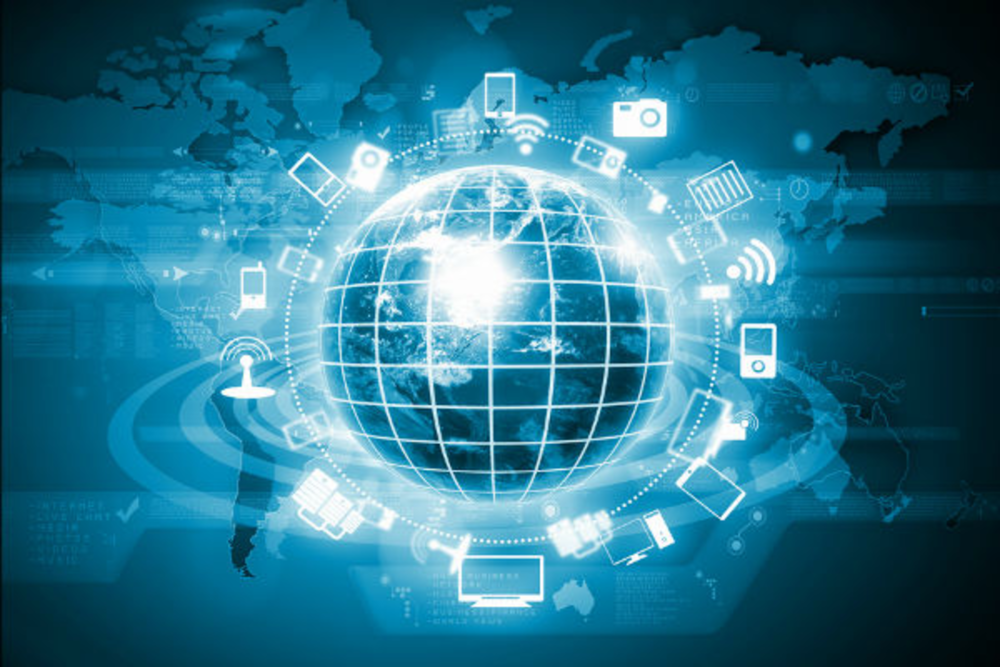Today’s consumers are living in a digitally dominated world. From Facebook to Fitbits, brands and consumers now have the ability to be constantly connected.
“Digital is everywhere, and it’s soon going to be literally everything,” Rebecca Lieb,industry analyst for research and consulting firm Altimeter Group, said during a presentation at the 2015 Adobe Summit.
Despite its prevalence, only 10% of global transactions happen digitally, Loni Stark, Adobe’s senior director of strategy and product marketing, pointed out during the session. Therefore, marketers must ensure that their marketing efforts not only carry over from screen to screen but from online to offline, as well.
“Harnessing digital connections to foster deeper human connections is this tremendous opportunity in bridging the digital world and the physical world,” Lieb said.
Keeping this context in mind, Lieb broke down how brands can bridge digital and physical worlds (and hence enter the “phygital” realm), which companies are doing so already, and what marketers can expect in terms of benefits and challenges.
Three phygital necessities
There are three commonalities that connect all seamless, multichannel experiences, Lieb explained: content, context, and consistency.
Content
According to Lieb, content is the unifying element across all touchpoints. “Content is the atomic particle of all marketing,” she said, “because without content, there is no marketing.”
But coming up with innovative content can be challenging for marketers, Lieb said, adding that the responsibility for doing so shouldn’t fall solely on marketers’ shoulders.
“Marketing can no longer be responsible for creating, disseminating, and distributing all of the content,” she said. “There’s a goldmine of content across your organization. You need to find it. You need to use it.”
Instead, Lieb recommended adopting a culture of content across the organization where people from all departments contribute to the content curation process. Having a content center of excellence, an editorial board or content council, a cross-functional content chief, or an in-house or agency content department are some of the ways Lieb says companies can orchestrate content across their organization in a harmonious way.
Context
However, marketers can’t deliver relevant content without context. Context, according to Lieb, has meaning. And it’s this meaning, she added, that helps marketers cut through the clutter. Data is what defines context, she explained, and information such as customers’ geographic, behavioral, and social information can all help make that context more relevant.
“Consumers are amassing more and more devices and more and more screens,” she said, “and a lot depends on the W’s of context: who, what, where, when, and why.”
Consistency
Consistency is the last point in this triangle and helps marketers deliver timely content and services, as well as value, based on where consumers’ are in their overall journey. Brands must maintain consistency in their tone, outreach, response, presence, and culture, Lieb said.
Examples of brands getting phygital
Some brands are already getting phygital. During her presentation, Lieb cited Diageo, MGM Resorts, and Navdy as prime examples.
For Father’s Day, alcoholic beverage company Diageo launched a campaign in which consumers could send their dad a personalized message by having him scan a QR code on a gifted bottle of booze, Lieb explained. Not only did the company receive 100,000 unique QR downloads, she said, but it also saw a 72% increase in sales two weeks before Father’s Day.
Hotel company MGM Resorts uses geolocation, customers’ loyalty member statuses, and customer preferences to send guests personalized offers and alerts for nearby attractions, Lieb stated. For instance, a guest who enjoys seeing shows might receive tickets to Cirque du Soleil, she explained, while customers who enjoy fine dining might receive a coupon for a restaurant.
Finally, Navdy—a new in-car platform that can access drivers’ smartphone apps through voice recognition and gestures—is merging the digital experience of the smartphone and platform with the physical world of the open road.
Continued…
Benefits and challenges
Of course, as with any new marketing venture, phygital experiences present their own share of rewards and challenges. On one hand, they can provide benefits like increased loyalty, more engaged customers, and increased conversion, Lieb said. In fact, Lieb cited research by fellow Altimeter Group principal analyst Brian Solis supporting this. According to the research, 75% of company respondents listed lift in engagement as a top-five benefit of digital transformation, followed by improved customer satisfaction (63%), higher traffic (53%), increased lead generation and sales (49%), and greater conversion (46%). On the other hand, attribution issues, unethical uses of data, and the creepiness factor are all challenges, Lieb said.
“Plunging into anything new comes clearly with risks,” she noted.
Plans for the future
Thankfully, there are a number of steps marketers can take to help override these challenges, Lieb said. She recommended having a clear plan for how marketers want to approach the phygital world and prioritize what they want to achieve. She also said that marketers should plan for a convergence of paid, owned, and earned media, as well as the integration of various tools and technology.
So, Lieb advised, as the Internet of Things continues to expand marketers should keep one thing in mind: that basic human connection.
“It’s not going to work and consumers aren’t going to use it like it’s wanted or needed until mutual value is created between the brands that make those things and operate those things and the consumers who use those things,” Lieb concluded. “That’s where creating human value really exists in a connected world.”






